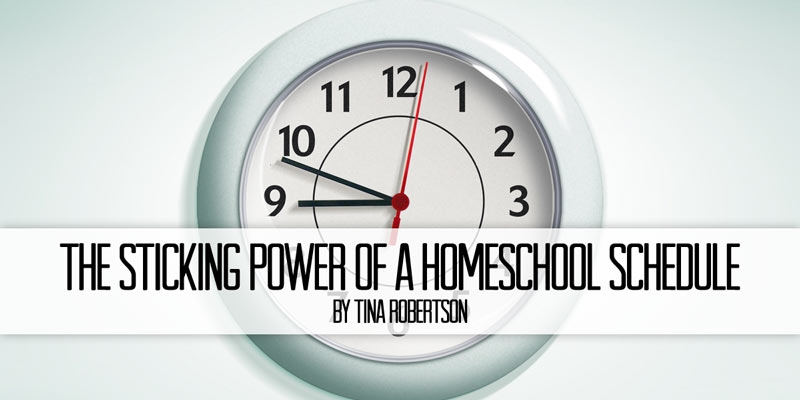It’s the time of the year when homeschool conversations are fueled by plans of the upcoming school year. It’s exciting to begin thinking about the new opportunities that will come along with the new year like joining a new co-op or an elementary student transitioning to middle school. Warmer weather, the homeschool conference buzz and new curriculum catalogs also contribute to this burst of enthusiasm, but before we get to excited about moving on to the next thing we should take into consideration what we truly hope to gain in our homeschools in the next year.
Reflect on the present school year
Reflections should be common practice for homeschooling parents. When we reflect, it makes it easier to come up with a plan of action. If you aren’t a reflective person by nature, I challenge you to take a moment at the end of each day for the next month to write down the things that are working and those that are not. By reflecting, it will make the next step a bit easier.
Write a list of goals
Reflections help you to see the strengths and weaknesses in your homeschool. Once you are aware, you can create your goals. One of my daughters is fond of art and hands-on learning, therefore, my list of goals include art twice a week and to include opportunities for building or creating new things. When writing out your goals, make sure to list of not only the things you have to do, but the lessons and subjects that bring joy to your children.
Take inventory of curriculum and resources already on hand
If you’re subscribed to as many curriculum publishers’ mailing lists as I am, I am sure you will soon be bombarded with the newest and latest materials in homeschooling. The shiny catalogs can tempt you to feel the need or urge to buy it all, but you already know that you don’t need it all. To help you stay the course, make a list of the resources you already have on hand. Since I have tons of art resource books, curriculum, and access to online courses, I know that investing in art teaching materials would not be wise. When you know what you have, then you will be able to better evaluate what you need.
Create a list your family’s curriculum needs
Now that you have a list of goals and know which resources you have available, write down the curriculum you will need to have a successful homeschool year. Remember a list of needs aren’t the same as a list of wants and that your family’s needs will not be the same as the next. We need to use curriculum for math while other families do not. They can easily get away with a variety of workbooks, online resources, or hands on learning. My daughters need the books so while the curriculum we use can get pricey, it finds its way on our needs list because it ensures that we will have a success in math.
Set a budget
Whether you are DIY homeschooler or one who chooses to use published curriculum chances are you spend money. No matter how big or little your budget is, the fact remains that you need a budget. By setting a budget, you will have a better idea of what you can and cannot afford. It also helps you to place value on the things that your homeschool truly needs and those items which are wants. Setting a budget isn’t only for the curriculum, but it should also include field trips, online classes, art materials, etc. I’ve found that by having a clear budget for our homeschool, I tend to waste less and use the resources I have available because I want to use my budget to enhance our homeschool experience.
Each year homeschooling in our house is different but at the core, it remains the same because I follow these five steps.





